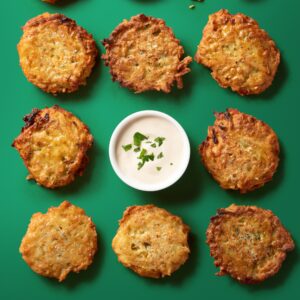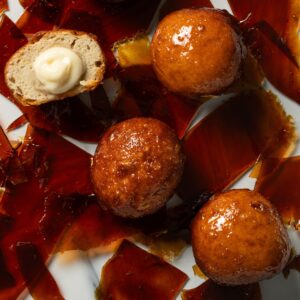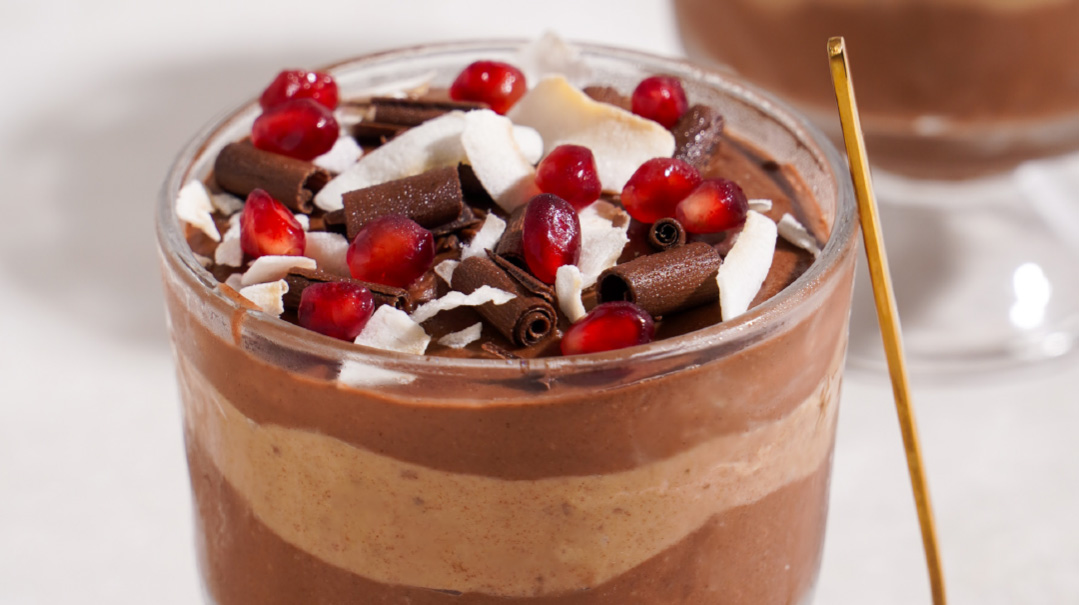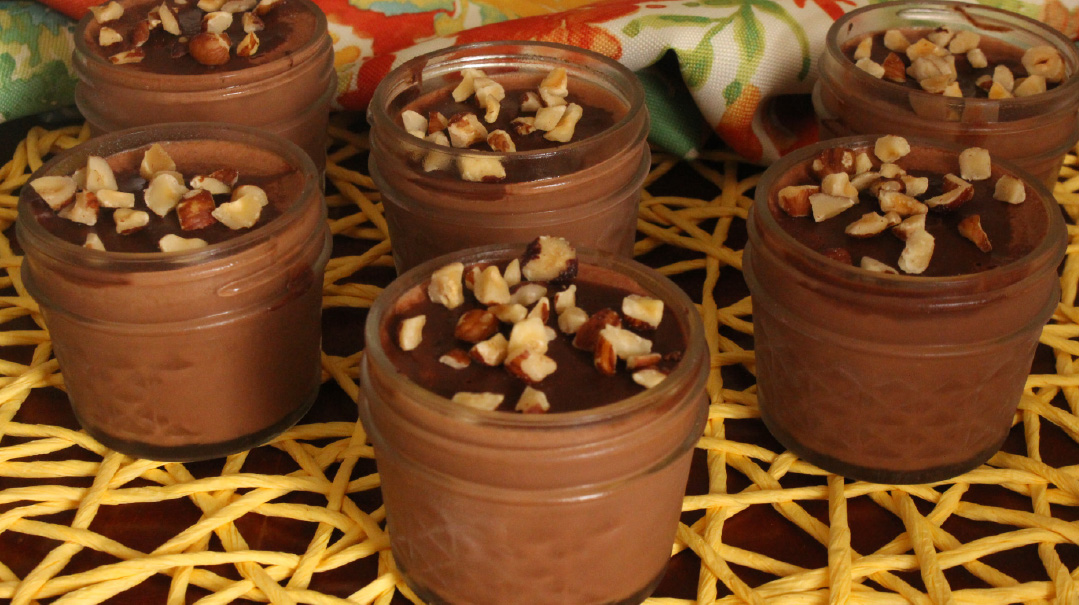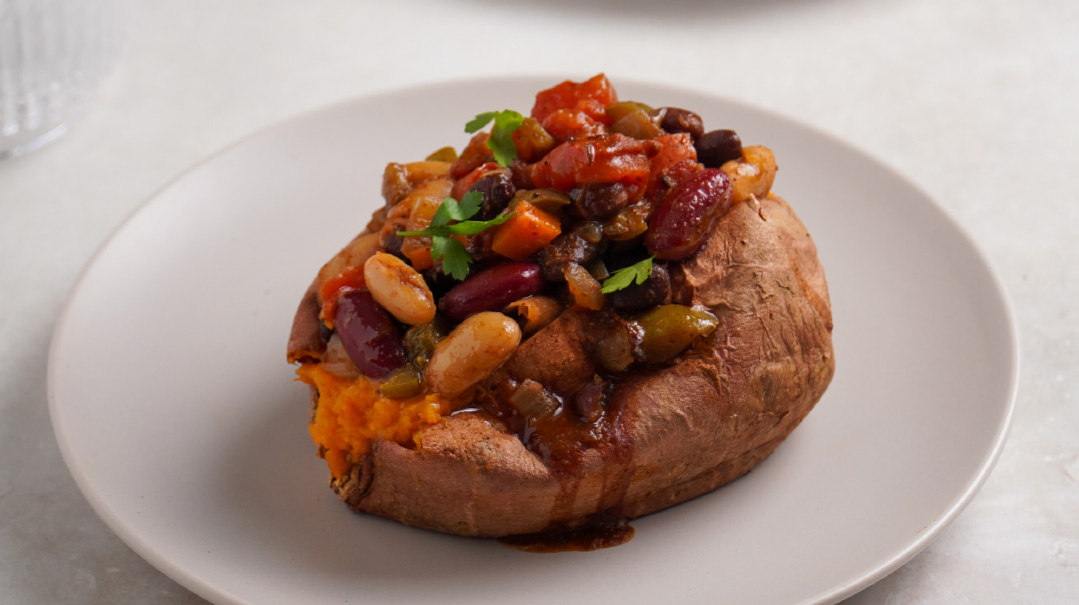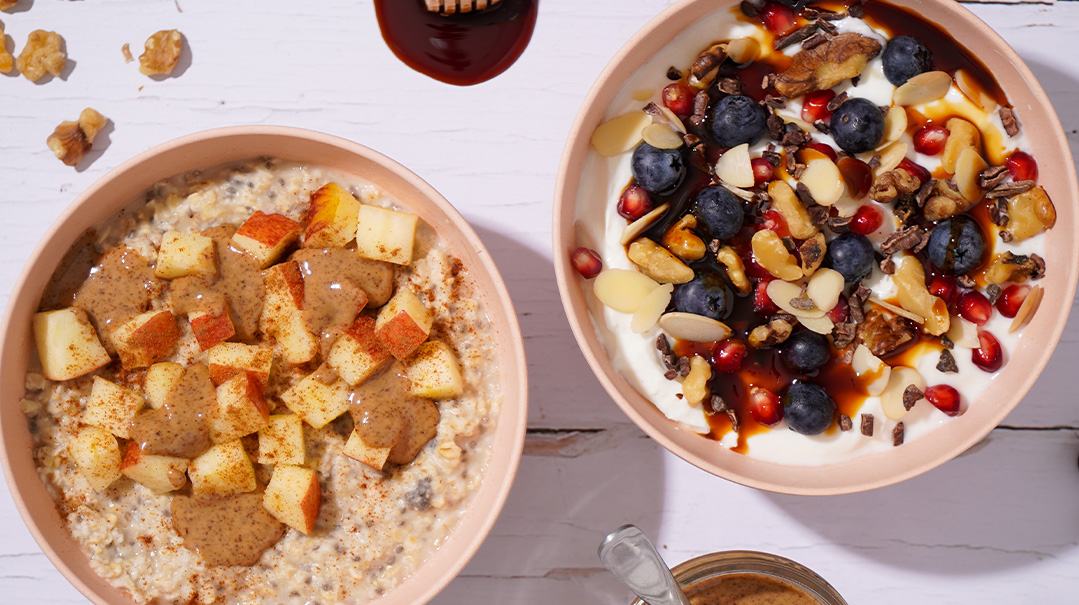More Meals, More Opportunity
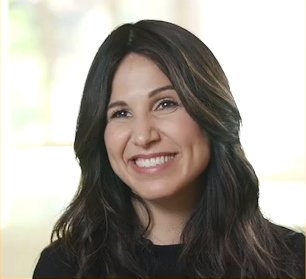
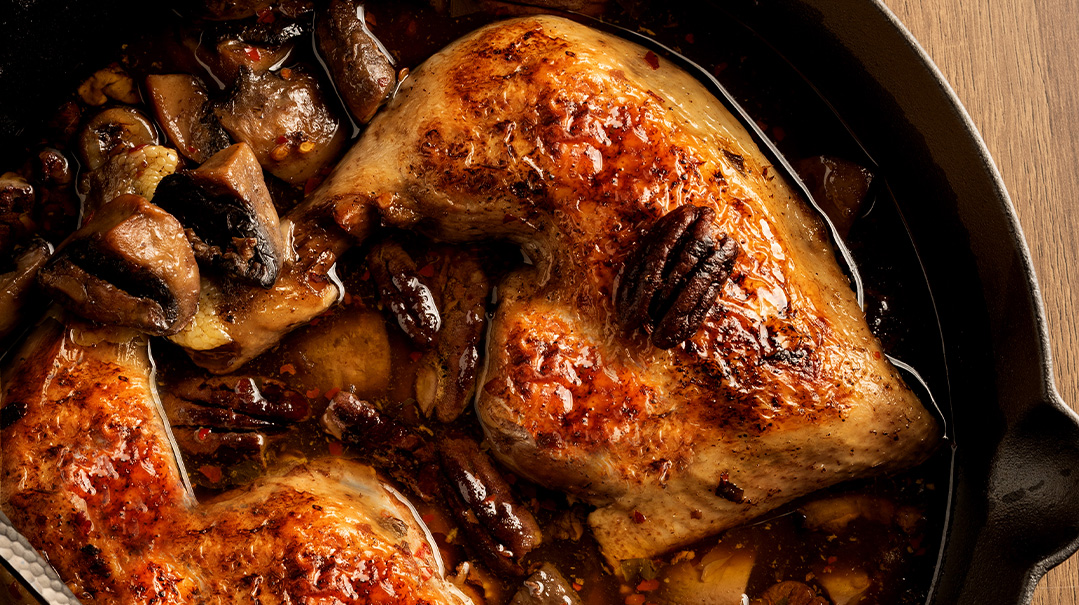
Styling by Chana Rivky Klein
Photography by Reuven Schwartz of Ruby Studios
From a diet culture perspective, Yom Tov can be very daunting.
From a Torah perspective, it’s the key to an entire year of liberation.
The truth is, eating was never meant to be a dieting struggle. Hashem gave us eating as an opportunity, meal after meal, for a much deeper transformation. We’re physical beings with huge spiritual potential, and food is a tool that helps us get there.
Shabbos Party
One day every week, we have a mitzvah to eat three solid meals. Bread, cooked food, the works. But there’s a catch: The halachah says that if we’re too full to eat by the time the third meal comes around, we’re not fulfilling the mitzvah — even if we force ourselves to eat anyway. Eating that way isn’t considered “eating” according to the Torah.
That’s why the Shulchan Aruch (Orach Chaim 391) says we should avoid getting too full at the meal prior to Shalosh Seudos.
Avudraham (Hilchos Shalosh Seudos, page 182) goes a step further. He says that the reason behind the mitzvah of Shalosh Seudos is to train us in how to eat all week long!
When a person knows he needs to eat Shalosh Seudos, writes Avudraham, he’ll be preoccupied at every meal to only eat enough to hold him over until the next meal. Before he reaches for seconds or thirds, he’ll stop and think, Am I already satisfied? If I eat this, will I still be able to do my next mitzvah with joy? — and suddenly, his meals are transformed into a gorgeous symphony of physical pleasure and spiritual refinement.
It’s that mindset, Avudraham writes, that will help us transform all our weekday meals into spiritual activities, too.
A Higher Halt
I often talk about the power of halt. If food is calling your name but you aren’t sure you’re hungry, you can stop — halt — and ask yourself, “Is this a habit? Am I doing it because I’m angry, agitated, or seeking approval? Am I lonely (or bored)? Am I tired, thirsty, or emotionally triggered?” (Note the acronym — halt.)
Halting lets you approach eating with confidence. Because no matter what you choose to do with those answers, you’ve made a mindful choice — and there’s nothing more empowering than that.
But Torah adds a new degree to the power of halt: pausing to check that our physical enjoyment will only enhance our ability to do the mitzvos.
Training Intensive
If Shabbos is a weekly reminder, Yom Tov is a training intensive.
Every Yom Tov has both spiritual and physical components, or, as the Gemara says, “half for Hashem and half for you.” But the spirituality piece isn’t just for building the succah or davening in shul. Even within the physically pleasurable aspects of the Yom Tov, we’re meant to incorporate the dimension of spirituality by connecting through them to Hashem. The Sfas Emes writes that the chizuk we get on Yom Tov in connecting to Hashem through physicality is meant to help us do the same thing all year.
Succos is referred to as zeman simchaseinu. And it’s no coincidence that b’simchah — with joy — is spelled with the same letters as machshavah — thought.
A person can spend his three-day Yom Tov indulging and walk out feeling stuffed. Or he can spend it being mindful and walk out saying, “I did the mitzvos of Hashem — fully present and with love.”
The mindfulness we invest in our Yom Tov will bring us the highest level of joy.
Let’s enjoy every minute of our Yom Tov, meals included. Because they aren’t opportunities for self-destruction at all. They’re opportunities — as halachah so beautifully teaches us — for self-perfection.
Best of health,
Rorie
Rorie Recommends: Heaven & Earth Pure Date Syrup
Not all ingredients are created equal, and that’s why silan, aka date honey or date syrup, is one of my favorite sweeteners. Made from dates, silan is lower glycemic than bee honey, containing 12 grams of net carbs per tablespoon, whereas honey contains 16.
I love Heaven & Earth’s Date Syrup, which has only one ingredient — date syrup! Believe it or not, other similar-looking brands mix in other sweeteners. Check those ingredient lists to make sure you’re getting the real thing!
Pecan-Mushroom Chicken
I came up with this recipe literally the week my book went to print, because after obsessively testing the book recipes week after week, we all needed a break. When you make a chicken for Yom Tov, you want it to be extra special — not your typical weekday or even Shabbos chicken. This one is so delicious that even die-hard meat fans will appreciate it as a lighter alternative.
SERVES 4–6
- 1 chicken, quartered
- salt and pepper, to taste
- 1 8-oz (225-g) box mushrooms, scrubbed and quartered
- ⅓ cup raw or roasted pecans
- ¼ cup coconut aminos
- 1 Tbsp balsamic vinegar
- 3 Tbsp silan
- ½ cup white wine
- ¼ cup olive oil
- 1 tsp red pepper flakes
- ¼ tsp fresh chopped parsley
Preheat oven to 350˚F (175°C).
Arrange chicken pieces in a pan. Season with salt and pepper. Scatter mushrooms and pecans over the chicken.
In a small bowl, whisk together remaining ingredients; pour over the chicken.
Cover tightly. Bake for 11⁄2 hours. Uncover and baste. Raise oven temperature to 400˚F (200°C); bake uncovered for an additional 20 minutes, until browned.
Note: If your minhag is not to eat any nuts during Tishrei, you can skip them and add extra mushrooms of a different variety instead.
As a health coach certified in integrative nutrition, Rorie shows the frum community how delicious, fun, and doable it can be to incorporate healthy habits into our lifestyle, one small step at time. She’s the health ambassador of Kosher.com, founder of Full ’N Free, LLC, and a diehard recipe developer who’s always whipping up foods and treats that love us back. Her most recent project? Bringing the goodness of spelt sourdough to the public! Check out her all-new video demos and detailed instructions at www.fullnfree.com.
All statements are suggestive only. Please consult with your doctor before making any dietary or lifestyle changes.
(Originally featured in Family Table, Issue 813)
Oops! We could not locate your form.


